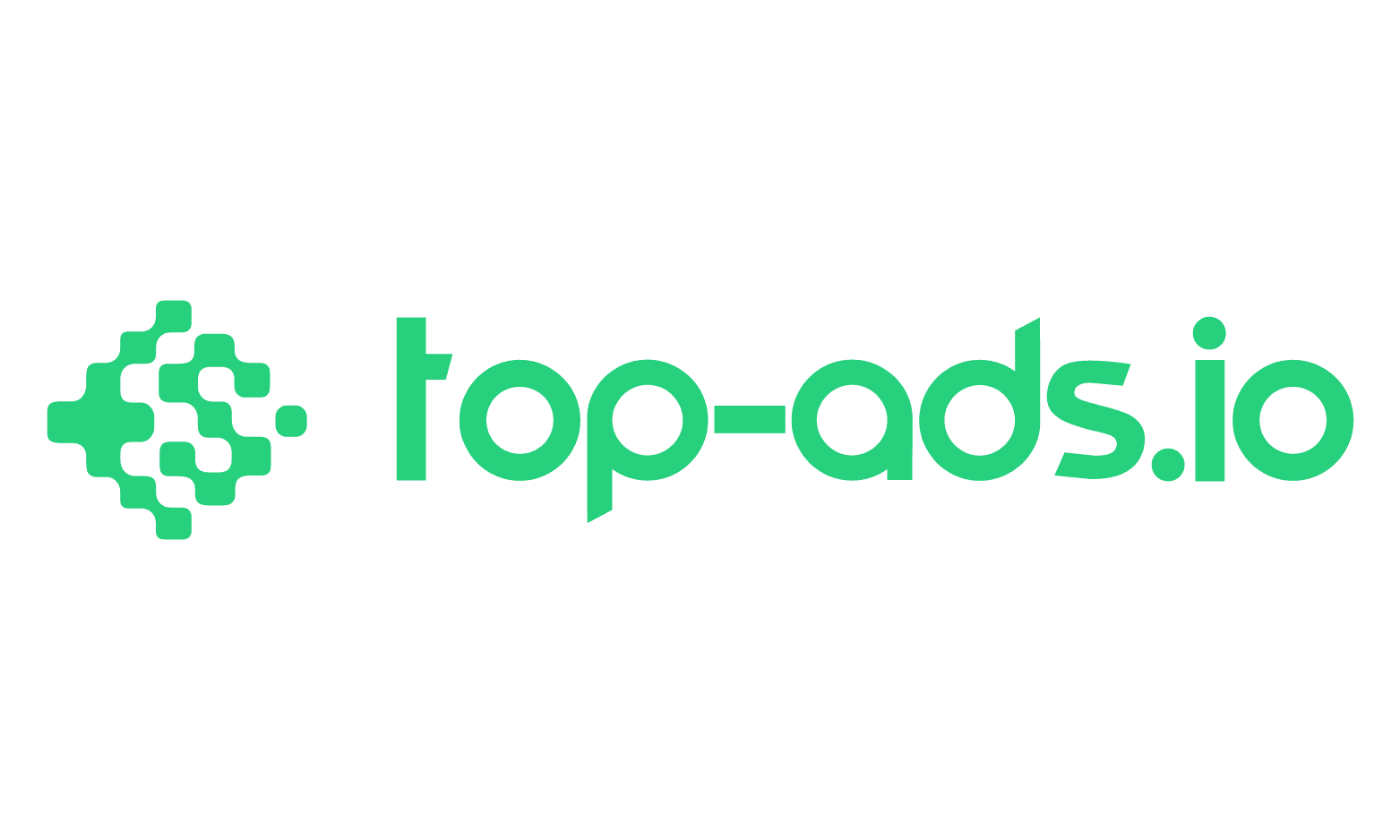What are Facebook Ads?
Aug 20, 2024
Facebook Ads are an advertising platform developed by Facebook that allows businesses to place targeted ads to millions of users around the world. With over 2.8 billion monthly active users, Facebook offers a vast reach and precise targeting options to engage the right audiences and achieve marketing goals.
The Basics of Facebook Ads
In this section, we will explore the fundamental information about Facebook Ads, starting with the definition and function of Facebook Ads.

Definition and Function of Facebook Ads
Facebook Ads are an advertising system that helps businesses disseminate their message to a wide audience of Facebook users. By leveraging Facebook's extensive data repository, businesses can target their ads to specific demographics, interests, and behaviors of their audience.
The Importance of Facebook Ads in Digital Marketing
Facebook Ads have become an essential tool in digital marketing. They provide businesses with the opportunity to increase brand awareness, improve customer engagement, and boost sales. With advanced targeting options and the ability to display ads on various devices, Facebook Ads enable companies to effectively reach their audiences and achieve their marketing objectives.
Another important aspect of Facebook Ads is the ability to precisely measure and analyze the success of advertising campaigns. By using tools like the Facebook Ads Manager, businesses can gain detailed insights into their ad performance, including clicks, impressions, conversions, and cost per action. This data allows companies to continuously optimize their advertising strategy and utilize their marketing budgets efficiently.
The Evolution of Facebook Ads Over Time
Since the launch of Facebook Ads in 2007, the platform has continuously evolved to meet the changing needs of advertisers. New features such as video ads, carousel ads, and lead ads have been introduced to provide businesses with even more opportunities to engage and persuade their target audiences. These ongoing innovations have made Facebook Ads an indispensable part of many marketing strategies and further enhanced their importance in the digital advertising landscape.
Different Types of Facebook Ads
There are various types of Facebook Ads that businesses can use to spread their messages. The following examines three of the most popular types of Facebook Ads: image ads, video ads, and carousel ads.

Image Ads on Facebook
Image ads are static advertisements consisting of an image and accompanying text. They can be used to promote products or services, increase brand awareness, or redirect users to a specific landing page. Image ads should be designed attractively to capture users' attention.
Image ads are one of the oldest forms of online advertising and have proven to be highly effective on Facebook. Through targeted marketing, businesses can precisely reach their target audience, maximizing the effectiveness of their ads. It is crucial that the image and accompanying text of the ad are consistent and convey a clear message to achieve the desired impact.
Video Ads on Facebook
Video ads are an effective way to capture users' attention and convey complex messages. Businesses can create short video ads to visually represent their products, brands, or messages. With the ability to autoplay videos and turn on sound, video ads provide an interactive experience for users.
In recent years, Facebook has continuously improved its video ad features to provide businesses with even more opportunities to reach their target audience. The integration of call-to-action buttons, subtitles, and interactive elements has further increased the effectiveness of video ads on the platform. Businesses can also benefit from detailed analytics to measure and optimize the success of their video ads.
Carousel Ads on Facebook
Carousel ads allow businesses to showcase multiple images or videos in a single ad. This type of ad is particularly effective for presenting products or different features of a product. Users can navigate through the various contents of a carousel ad by swiping or clicking.
The interactivity of carousel ads offers businesses the opportunity to engage their audience more deeply and present more information at once. By using appealing visual elements and a clear structure, companies can ensure that their message is effectively communicated and motivate users to take action.
The Process of Creating Facebook Ads
To effectively utilize Facebook Ads, it is important to understand the process of creating ads. This section covers the basic steps in creating Facebook Ads.
Selecting the Right Objective for Your Ad
The first step in creating Facebook Ads is to choose the right objective for your ad. Facebook offers a variety of objectives, including brand awareness, lead generation, conversions, and traffic. Depending on your marketing goals, you should select the appropriate objective to best communicate your advertising message.
Designing an Engaging Ad
To appeal to users and capture their attention, it is important to design an engaging ad. This involves selecting high-quality images or videos, writing compelling text, and adding relevant call-to-action buttons. A well-designed ad increases the likelihood that users will interact with your advertising message.
Setting the Budget and Schedule for Your Ad
Another important step in creating Facebook Ads is setting the budget and schedule for your ad. You can set a daily or total budget and define the duration of your ad. By establishing a budget and schedule, you can control costs and ensure that your ad is displayed at the desired times.
It is also important to note that Facebook Ads offer various targeting options to tailor your ad to your audience. You can use demographic data, interests, and behaviors to ensure your ad is shown to the right users. This allows you to use your advertising spending more efficiently and achieve a higher conversion rate.
Once you have created your ad, you can monitor and optimize the performance of your Facebook Ads. Facebook provides detailed analytics and reports that give you insights into your ad's performance. You can see how many times your ad was shown, how many clicks it received, and what the conversion rate is. This information helps you continuously improve your ad and achieve better results.
Measuring the Success of Facebook Ads
Once you have launched your Facebook Ads, it is important to measure and optimize the success of your ads. In this section, we will take a closer look at measuring the success of Facebook Ads.

Measuring the success of Facebook Ads is a crucial step in ensuring that your advertising campaigns are effective and yield the desired results. By analyzing various metrics, you can gain valuable insights to improve your marketing strategy and make the most of your advertising budget.
Understanding Facebook Ads Metrics
Facebook provides detailed metrics to measure the success of your ads. These include metrics such as clicks, impressions, conversions, click-through rate (CTR), and cost per conversion. By understanding these metrics, you can analyze the success of your ads and make appropriate adjustments.
An important aspect of interpreting Facebook Ads metrics is to consider them in the context of your specific marketing goals. A high click-through rate may appear positive at first glance, but if those clicks do not lead to conversions, it may indicate that your ad is not targeting the right audience or is not convincing enough.
Optimizing Your Facebook Ads for Better Results
After analyzing the performance of your Facebook Ads, you can optimize your ads to achieve better results. This may involve testing different ad texts, images, or target audiences. Through continuous optimization of your Facebook Ads, you can increase the return on investment (ROI) of your advertising spending.
Optimizing your Facebook Ads is an iterative process that should be conducted continuously to ensure that you tap into the full potential of your advertising campaigns. By conducting A/B tests and regularly monitoring the performance of your ads, you can gain valuable insights and consistently improve your advertising strategy.
Frequently Asked Questions about Facebook Ads
In the following section, we will answer some frequently asked questions about Facebook Ads.
How much do Facebook Ads cost?
The costs of Facebook Ads vary depending on your goals, target audience, and competition. You can set your ad budget and control costs per click or impression. It is important to regularly review your ad costs and adjust them if necessary to ensure efficient budget management.
How long does it take for Facebook Ads to show results?
The time it takes to see results from Facebook Ads can vary depending on the type of campaign and objective. Some campaigns may deliver immediate results, while others may take longer to achieve the desired outcomes. It is important to regularly monitor your ads and make adjustments as needed to achieve the desired success.
With Facebook Ads, businesses have the opportunity to target their audiences effectively and achieve their marketing goals. By selecting the right ad types, creating engaging ads, and continuously monitoring and optimizing, companies can maximize the success of their Facebook Ads. If you have not yet utilized Facebook Ads, you should definitely incorporate this advertising platform into your marketing strategy.
What audiences can be reached with Facebook Ads?
Facebook offers a variety of targeting options that allow businesses to present their ads to specific audiences. You can define audiences based on demographic characteristics such as age, gender, location, and interests. Additionally, Facebook enables retargeting users who have previously interacted with your brand to increase the conversion rate.
It is important to carefully analyze your target audiences and adjust your ads accordingly to achieve maximum relevance and effectiveness. By utilizing Facebook's extensive targeting capabilities, businesses can ensure that their ads are presented to the right users at the right time.

